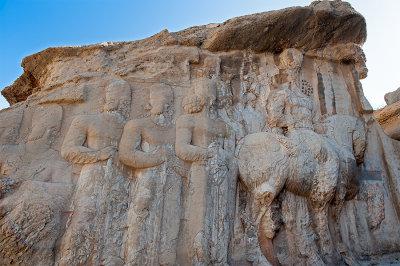
Naqsh-e Rajab |
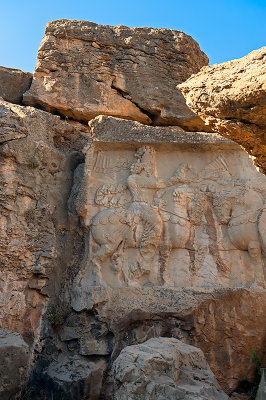
Naqsh-e Rajab |
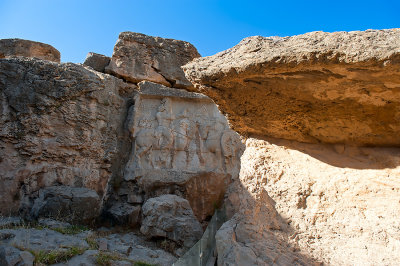
Naqsh-e Rajab |

Naqsh-e Rajab |
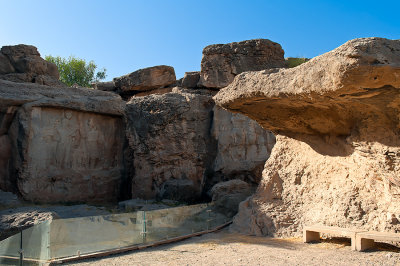
Naqsh-e Rajab |
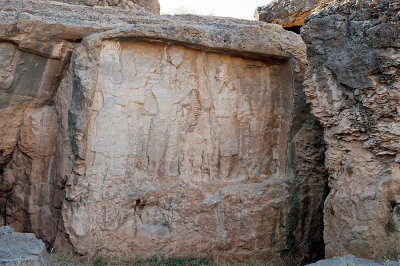
Naqsh-e Rajab |
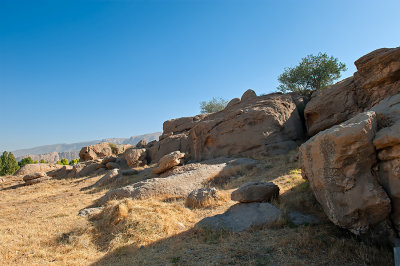
Rocks At Naqsh-e Rajab |

Polish Group At Naqsh-e Rajab |
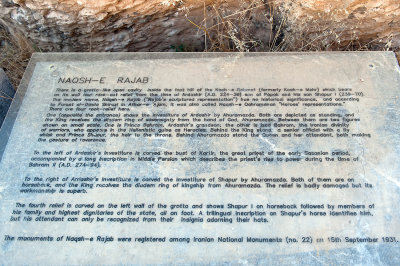
Naqsh-e Rajab |
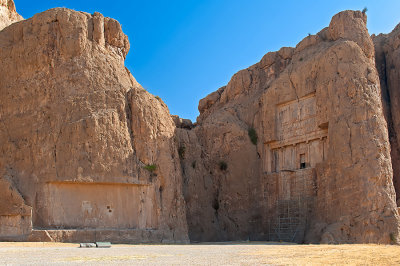
Naqsh-e Rostam - Tomb Of Xerxes |
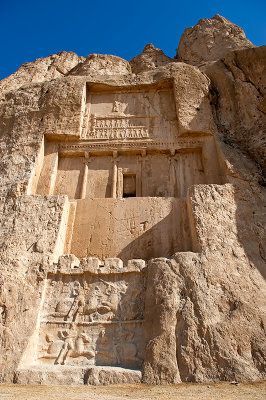
Naqsh-e Rostam - Tomb Of Darius The Great |
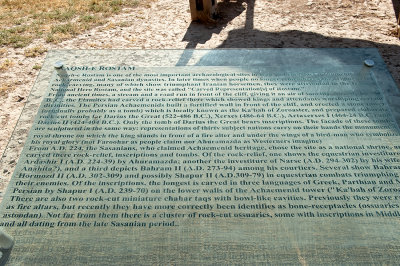
Naqsh-e Rostam |
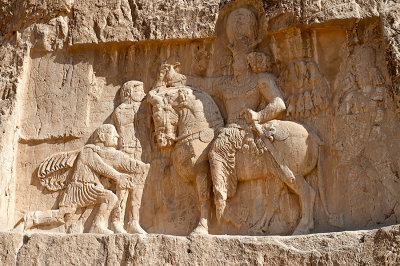
Naqsh-e Rostam - Shapur I And Three Roman Emperors |
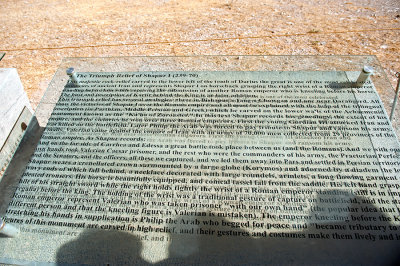
Naqsh-e Rostam - The Triumph Relief Of Shapur I |
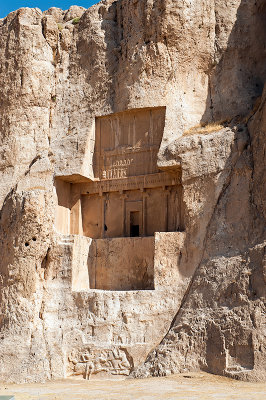
Naqsh-e Rostam - Tomb Of Artaxerxes I |

Naqsh-e Rostam - Tomb Of Artaxerxes I And Darius I |
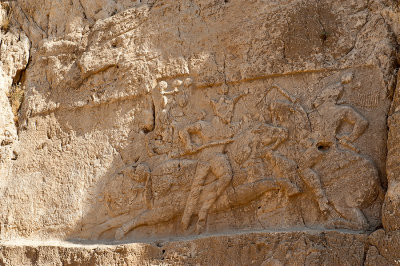
Naqsh-e Rostam - The Equestrian Victory Of Shapur II |
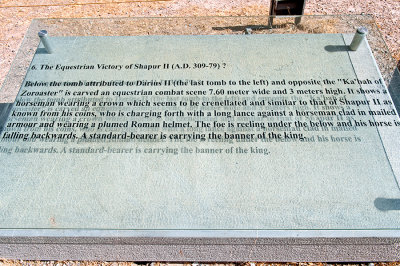
Naqsh-e Rostam - The Equestrian Victory Of Shapur II |
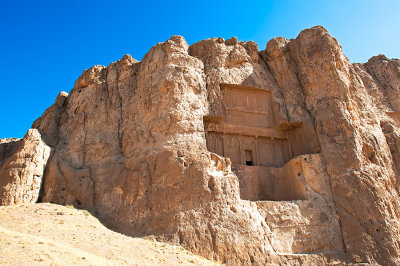
Naqsh-e Rostam - Tomb Of Darius II |
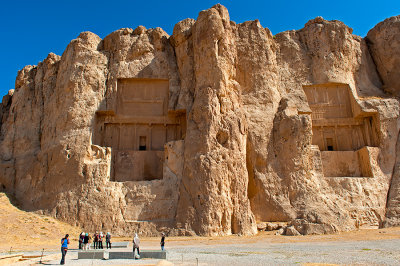
Naqsh-e Rostam - Tombs Of Darius II And Artaxerxes I |

Naqsh-e Rostam - Cube Of Zoroaster |
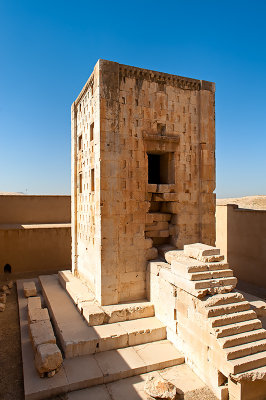
Naqsh-e Rostam - Cube Of Zoroaster |
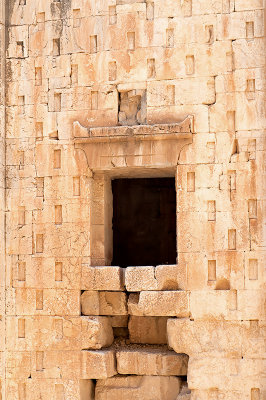
Naqsh-e Rostam - Cube Of Zoroaster Door |
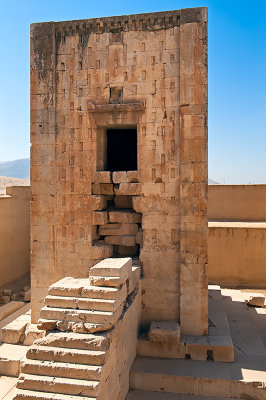
Naqsh-e Rostam - Cube Of Zoroaster |
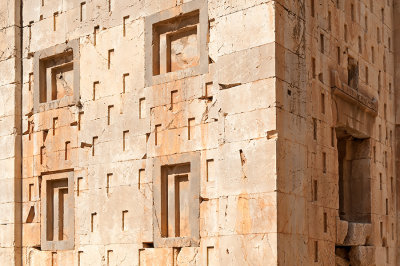
Naqsh-e Rostam - Cube Of Zoroaster |
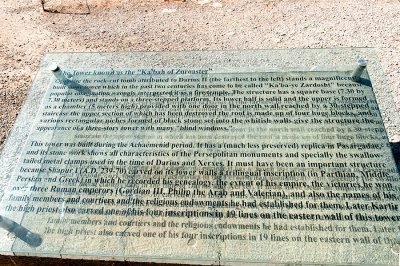
Naqsh-e Rostam - Cube Of Zoroaster |
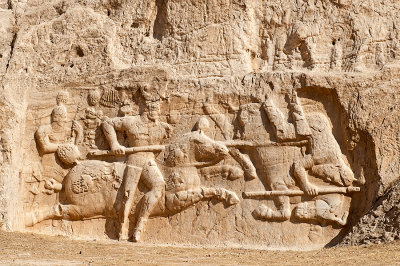
Naqsh-e Rostam - Equestrian Victory Of Hormizd II |
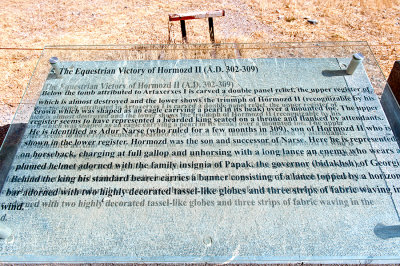
Naqsh-e Rostam - Equestrian Victory Of Hormizd II |
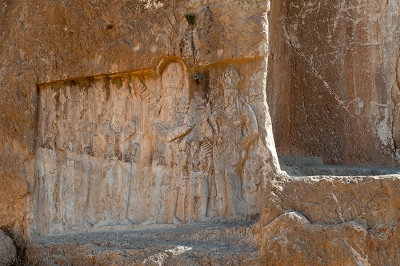
Naqsh-e Rostam - The Investiture Of Narseh |

Naqsh-e Rostam - The Investiture Of Narseh |
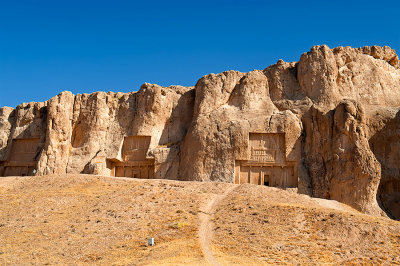
Naqsh-e Rostam |
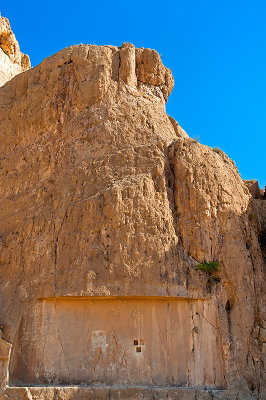
Naqsh-e Rostam |
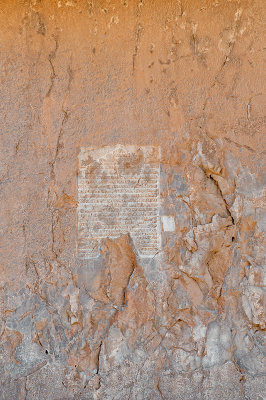
Naqsh-e Rostam - Inscription |
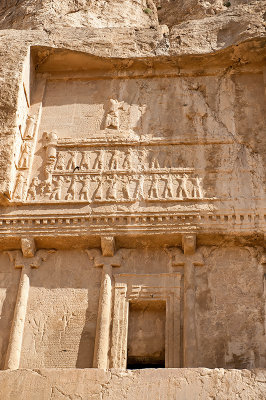
Naqsh-e Rostam - Tomb Of Darius The Great |

Naqsh-e Rostam - Tomb Of Darius The Great |
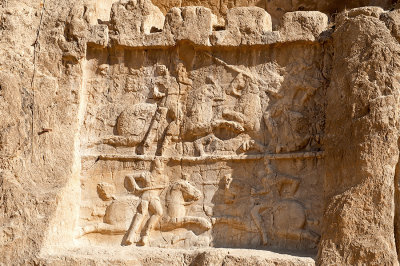
Naqsh-e Rostam - Equestrian Combats Of Bahram II |
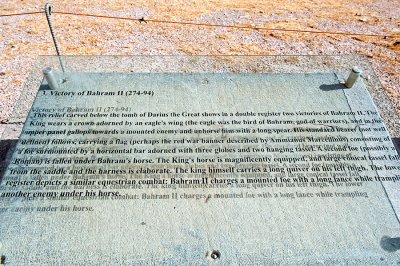
Naqsh-e Rostam - Equestrian Combats Of Bahram II |
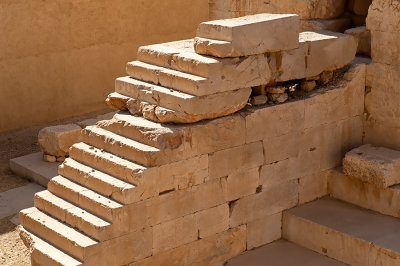
Naqsh-e Rostam - Cube Of Zoroaster Stairs |
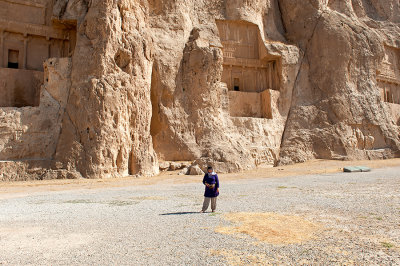
Me At Naqsh-e Rostam |
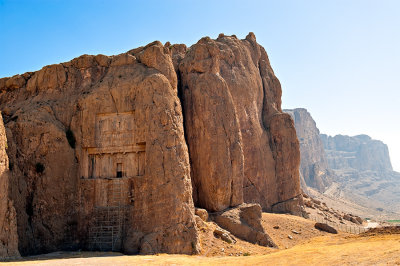
Naqsh-e Rostam - Tomb Of Xerxes |
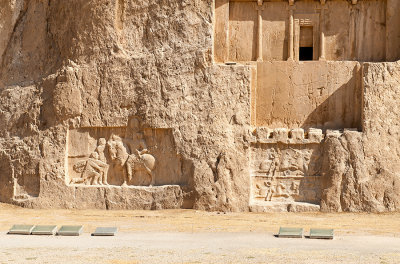
Naqsh-e Rostam - Stone Reliefs |
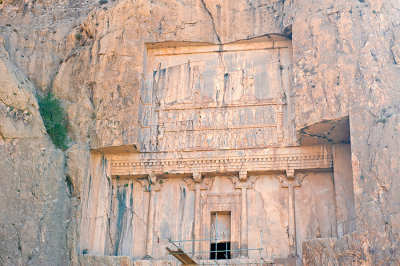
Naqsh-e Rastam - Tomb Of Xerxes |

Naqsh-e Rostam - Tomb Of Darius The Great |











